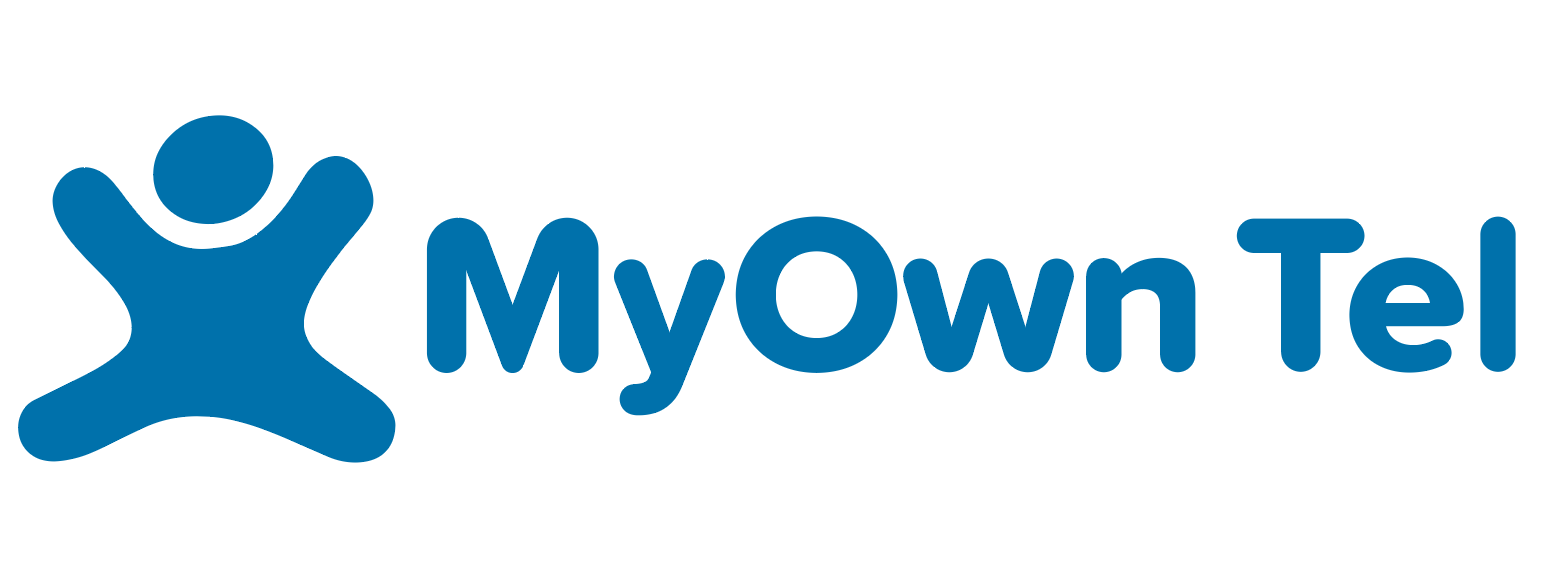When it comes to the NBN, not every NBN connection type is equal. With different connection types available to different households, it can be confusing to not only work out what connection you have, but what it also means in terms of the NBN plans and speeds available to you.
One of the fastest connection types is NBN Hybrid Fibre Coaxial (HFC), but access to this technology isn’t available to every home. In this guide we’ll take a look at what HFC NBN is, the NBN HFC speeds you can expect and what NBN HFC plans are available.
What is HFC NBN?
HFC NBN is a type of NBN connection that repurposes existing cable technology to deliver an NBN connection to the home. This type of internet has been available for some time now through Telstra and Optus, with both providers supplying cable internet to selected regions – mainly in city suburbs – for a few years. This cable is also used to connect pay TV services, such as Foxtel, to your home.
The NBN has essentially purchased this cable technology from Optus and Telstra and has re-purposed it. If you’ve had a pay TV or similar connection in the home, it’s likely that HFC is used for your home’s NBN connection type, however you can always check this with the address checker on the NBN Co website.
With the NBN, there are over 120 points of interconnect (POIs), which use a fibre optic cable to connect to an NBN Node. From there the HFC cable connects to your home. In this regard, HFC NBN is similar to other connection types, but once it reaches your home, it’s a slightly different story.

NBN plans you might like
The following table shows a selection of sponsored unlimited data Standard Plus Evening Speed (NBN 50), and Premium Evening Speed (NBN 100) plans on Canstar Blue’s database with links to referral partners..
 |
1 Month Contract (1 month min. cost $72.99) Typical evening speed of 100Mbps
|
Unlimited Data/month |
$72.99 Cost/month |
Go To Site |
 |
1 Month Contract (1 month min. cost $80.00) Typical evening speed of 500Mbps
|
Unlimited Data/month |
$80.00 Cost/month |
Go to Site |
 |
1 Month Contract (1 month min. cost $75.00) Typical evening speed of 100Mbps
|
Unlimited Data/month |
$75.00 Cost/month |
Go to Site |
Unlimited Home Standard (NBN 50) Plans
The following table shows a selection of published unlimited NBN 50 plans on Canstar Blue’s database, listed in order of standard monthly cost (excluding discounts), from the lowest to highest, and then by alphabetical order of provider. Use our comparison tool above to see plans from a range of other providers. This is a selection of products with links to referral partners.
Unlimited Home Fast (NBN 100) Plans
The table below shows a selection of published unlimited NBN 100 plans on Canstar Blue’s database, listed in order of monthly cost, from the lowest to highest, and then by alphabetical order of provider. Use our comparison tool to see plans from a range of other providers. This is a selection of products with links to referral partners.
NBN HFC speeds
HFC is one of the fastest NBN connection types available, which means NBN HFC speeds should be able to reach up to 2000Mbps — the fastest speed tier offered by the NBN. Providers are required to test your line speed and check your location before you sign up to a fast-speed plan, but you should always check your address on your chosen NBN provider’s website before signing up, to make sure your connection is able to achieve the faster speed plans.
As with most connections, your top speed is influenced by outside factors such as the quality of cabling, congestion during peak times, and more. How far you are from the node can also influence how fast your connection can be; those within 700m can reach top speeds, while those that are outside this radius can only reach speeds of up to 60Mbps.
Different providers also buy different amounts of bandwidth from NBN Co, resulting in different results across every provider. One provider may purchase more bandwidth for faster plans, and others may focus more attention on the slower speed tiers.
Ultimately, NBN HFC speeds depend on the speed tier you choose and the provider you sign up to. If you buy a faster plan, you should get those faster speeds, while a lower speed tier will have slower speeds.
How much does HFC NBN cost?
The good news is that even with a slightly different connection type, NBN HFC plans will cost no different to plans with other NBN connection types. It all comes down to the speed tier and provider, which determines how much you’ll pay for your NBN plan.
With an HFC connection, your home should be able to access the faster NBN speed tiers such as Home Fast II (NBN 500), Home Superfast (NBN 750), Home Ultrafast (NBN 1000) and Home Hyperfast (NBN 2000). These plans are typically the most expensive NBN plans, but you’ll get super-fast speeds to keep up with all of your internet needs. Not everyone with HFC NBN will be able to get these speeds, but your provider will inform you if this is the case.
Compare NBN HFC plans
Want super-fast NBN speeds? Compare NBN plans on NBN 750 and NBN 1000 speed tiers in the below tables.
The following tables show a selection of unlimited Home Superfast (NBN 750) plans on Canstar Blue’s database listed in order of standard monthly cost, from lowest to highest. Use our comparison tool to see plans from a range of other providers. This is a selection of products with links to a referral partner.
The following tables show a selection of unlimited Home Ultrafast (NBN 1000) plans on Canstar Blue’s database listed in order of standard monthly cost, from lowest to highest. Use our comparison tool to see plans from a range of other providers. This is a selection of products with links to a referral partner.
If you don’t need the super-fast speeds, you can compare plans on the NBN 12, NBN 25, NBN 50 and NBN 100 speed tiers in the below tables.
Unlimited NBN 100 & 500 Plans
The following table shows a selection of published unlimited NBN 100 (FTTN, FTTC, FTTB connections) and NBN 500 (FTTP and HFC connections) plans on Canstar Blue’s database, listed in order of standard monthly cost, from the lowest to highest, and then by alphabetical order of provider. Use our comparison tool above to see plans from a range of other providers. This is a selection of products with links to referral partners.
Unlimited NBN 50 Plans
The following table shows a selection of published unlimited NBN 50 plans on Canstar Blue’s database, listed in order of standard monthly cost, from lowest to highest, and then by alphabetical order of provider. Use our comparison tool above to see plans from a range of other providers. This is a selection of products with links to referral partners.
Unlimited NBN 25 Plans
The following table shows a selection of published unlimited NBN 25 plans on Canstar Blue’s database, listed in order of standard monthly cost, from the lowest to highest, and then by alphabetical order of provider. Use our comparison tool above to see plans from a range of other providers. This is a selection of products with links to referral partners.
Unlimited NBN 12 Plans
The following table shows a selection of published unlimited NBN 12 plans on Canstar Blue’s database, listed in order of standard monthly cost, from the lowest to highest, and then by alphabetical order of provider. Use our comparison tool above to see plans from a range of other providers. This is a selection of products with links to referral partners.
What equipment do I need for HFC NBN?
NBN hybrid fibre coaxial is a little different than other NBN types. For new installations, NBN Co will supply a utility box and install it on the outside of your house, as well as a connection box inside your house. The inside box then connects to a coaxial outlet on your wall with a supplied cable and it essentially acts as a modem.
An NBN-ready router is still needed and is connected to the inside box via ethernet cable. If you have cable TV such as Foxtel that uses this coaxial outlet, a splitter will be supplied by NBN Co to hook up both HFC NBN and cable TV and can connect VoIP services to your router as normal.
Can I change my NBN technology type from HFC NBN?
NBN Co does offer a technology choice program that allows you to upgrade to an FTTP connection, however you will need to pay for this upgrade yourself. There is also a free fibre upgrade program, however that does not include FTTP upgrades from HFC NBN technology and is aimed at households with slower NBN connection types.



Share this article